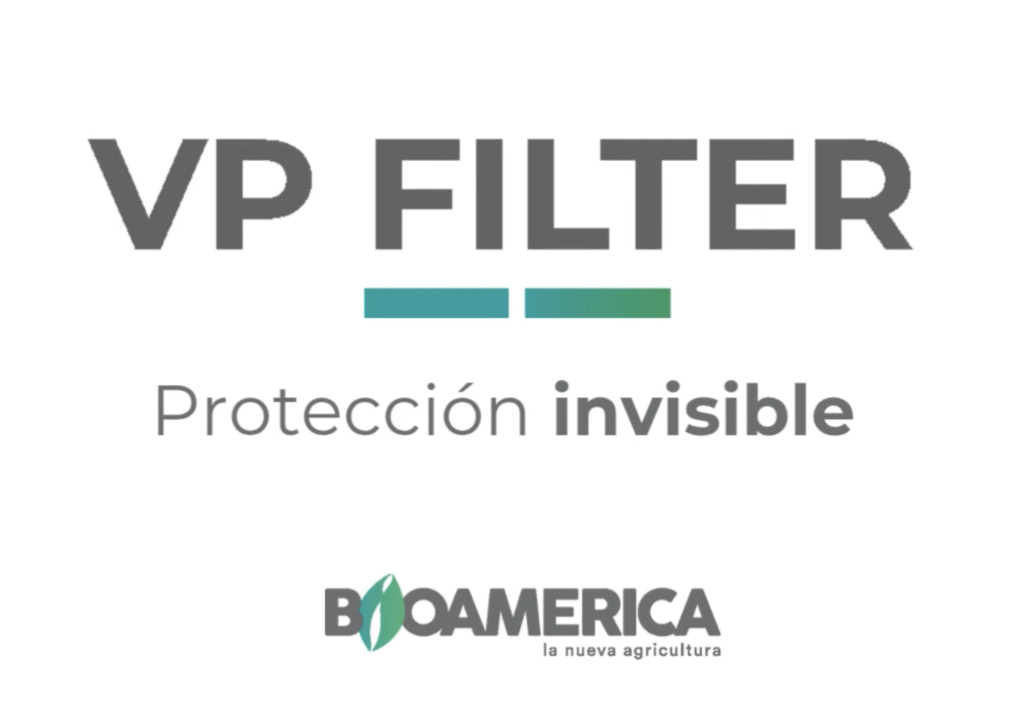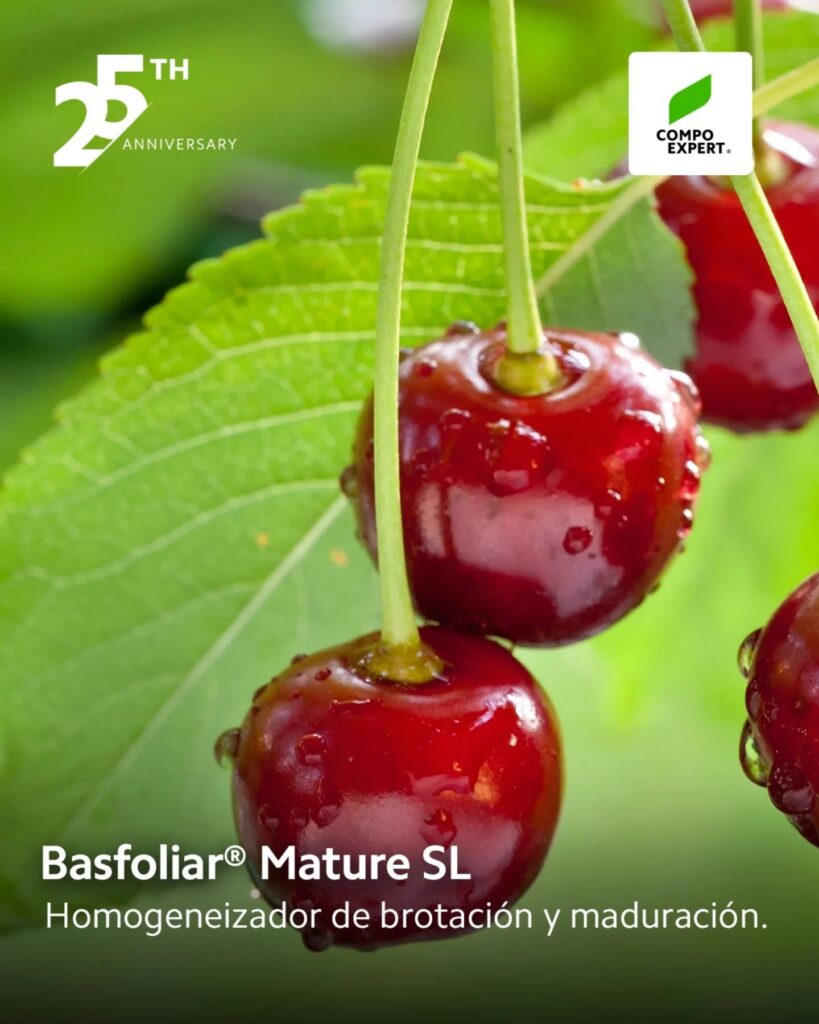By: Francisca Barros, Militza Ivelic and Jessica Rodríguez – Kimün Spa Trio
In the last season, the volume of cherries exported from Chile grew by 54.41 TP3T compared to the 2019/20 season and 91.41 TP3T of our cherries were received by China and Hong Kong. This significant growth was due on the one hand to the entry into production of new orchards and on the other to the increase in tree production. This greater volume per tree affected in some cases the quality and condition of the fruit. In addition, in this season, other factors were added, such as the lack of labor, delays in processing, added to this the event on social networks due to the alleged detection of Covid, which slowed down sales for a few days at destination. All these factors ended up combining and made this a complex season but one with great learning.
Considering the growth projections of this industry, it is necessary to review which harvest parameters have the greatest impact on the post-harvest shelf life of this fruit.
To put this topic into context, it is important to be clear about what this cherry product is like and what do our consumers and clients want to receive?
The visual aspect is the first impression that the consumer/customer perceives of the product and will influence the possible acceptance and eventual purchase (figure 1). When analyzing the aesthetic attributes we can observe that this product “cherries” is made up of two structures that behave differently; one is the pedicel, which must be green and turgid, while the fruit itself must be a homogeneous mahogany color (for most varieties), large in size, with smooth shiny skin and ideally without defects. Therefore, an attractive fruit, even more so if we consider that in the Chinese market this product is bought to be given as a gift.

On the other hand, and no less important, are the internal attributes of the fruit, which must be such that they are expressed in a tasty fruit, and this implies sweetness (mainly due to the high content of soluble solids and its balanced relationship with acidity), in addition to its crunchiness and juiciness (Figure 1). If we manage to match these attributes, our customers' shopping experience will be successful.
To achieve the quality potential we must indicate that this is built step by step from pre-harvest and specifically from floral induction onwards. This is a long process that lasts many months in which our producers and technicians understand that there are many managements (irrigation, nutrition, pruning, application of growth regulators, control
pests and diseases, etc.) as well as the factors (genetic, soil, climatic, etc.) that will affect the production of this quality product.
In turn, during post-harvest, what we do is delay the deterioration or senescence of the fruit, in the understanding that the cherry is a perishable, non-climacteric product and that we have a limited shelf life. Through respiration, cherries consume their reserves (acids and sugars) and suffer undesirable changes such as softening, darkening and loss of skin color brightness (Candan et al, 2017).
To meet the objective of delaying and/or prolonging the useful life of this product, we have various technologies and tools, the most important of which is temperature management.
At harvest, different parameters are displayed and analyzed. With these indicators, we segregate the fruit, classifying its quality aptitude and determining whether the batch meets the organoleptic expectations and has a lower risk of developing problems during storage.
Color is the parameter that indicates ripeness. While the fruit is light red, it is less ripe, and as it becomes darker, the degree of ripeness evolves until it becomes overripe (Figure 3A). Thus, color is an indicator of the risk of senescence during storage, and fruit with greater ripeness is also more susceptible to mechanical damage and rot.

Cherry color is measured using color charts, although in recent seasons, photographic imaging technology has been introduced to define the color of the sample (Figure 3B and 3C). The recommendation at reception is to take at least 100 fruits per batch to characterize this parameter. In order to balance the optimal ripeness at harvest (that meets the requirements of consumers and that said ripeness condition is correct to optimize storage), this work should be aimed at having mahogany colors (3 to 3.5 table developed by the post-harvest laboratory of the Pontificia Universidad Católica).
Firmness is another important parameter to evaluate at reception and it has normally been measured with a manual instrument known as Durofel with which a measurement is taken on each side of the fruit (normally on the shoulders of the fruit). This system is being displaced by the emergence of technologies that allow measuring a larger quantity of fruit in a more efficient way in the sense that it does not depend on the evaluator's hand (e.g. Firmpro, Cherry Traker, among others). Regarding the size of the sample to be measured, this varies depending on the user and ranges from 50, 100 to 2kg of fruit per batch.
In order to characterize a quality product in terms of firmness, in addition to the sample size, it is important to consider the dispersion rather than the average of the data when analyzing the information. Figure 4 analyzes data where the batch average was 75.7 DU, but 24% of the fruit is below 70 DU, which is considered by the industry as a threshold of adequate firmness for consumer requirements. Figure 5 also shows the firmness of different batches of Lapins cherries in the last three seasons and it is also observed that the average of all the batches was above the threshold of 70 DU (height of the bars). When analyzing batch by batch (with the dispersion line) we found that last season 19% of the batches had a firmness below this threshold.
This parameter is an index of organoleptic quality and is also related to sensitivity to mechanical damage. We must not forget that when opening the containers at the destination, the receivers first check that there is no condensation in the bags and then touch the fruit to see if it is soft or firm, so regardless of the equipment used to measure it, we must be clear about the minimum threshold of firmness required.


Another parameter to consider is soluble solids, this is also an index of organoleptic quality and is related to dry matter and therefore to sensitivity to mechanical damage.
To measure this parameter, refractometers are used, either manual or digital. In some models, the latter can even measure acidity (Figure 6). Regarding the sample size of the batch to be evaluated, there are 3, 5, 10 fruits that are measured individually or through a composite sample. The basic recommendation is to take at least 10 fruits by the predominant colors in the batch and measure them individually to see dispersions.

Regarding data analysis, as in the case of firmness, in seasons with unevenness it is recommended to work with the dispersion of the data rather than with the average. As can be seen in Figure 7, we can see for the same producers above, that in the 2019-2020 season all Santina and Lapins lots reached an average of over 16° Brix and last season between 15 and 20% of lots were below this threshold, demonstrating the effect of overload per tree as well as early harvests.

Finally, the market for our cherries requires fruit with quality and condition and these must be essential aspects to consider in order to successfully project ourselves into the future. Fundamental is the work done in pre-harvest to obtain this product with quality potential, as well as the appropriate and timely use of the technologies and tools used in post-harvest to be able to prolong the useful life of this fruit.
Cited bibliography:
CANDAN, AP; RAFFO, MD; CALVO, G.; GOMILA, T. (2017). Guidelines for maintaining the quality of fresh cherries. INTA. 80pp








